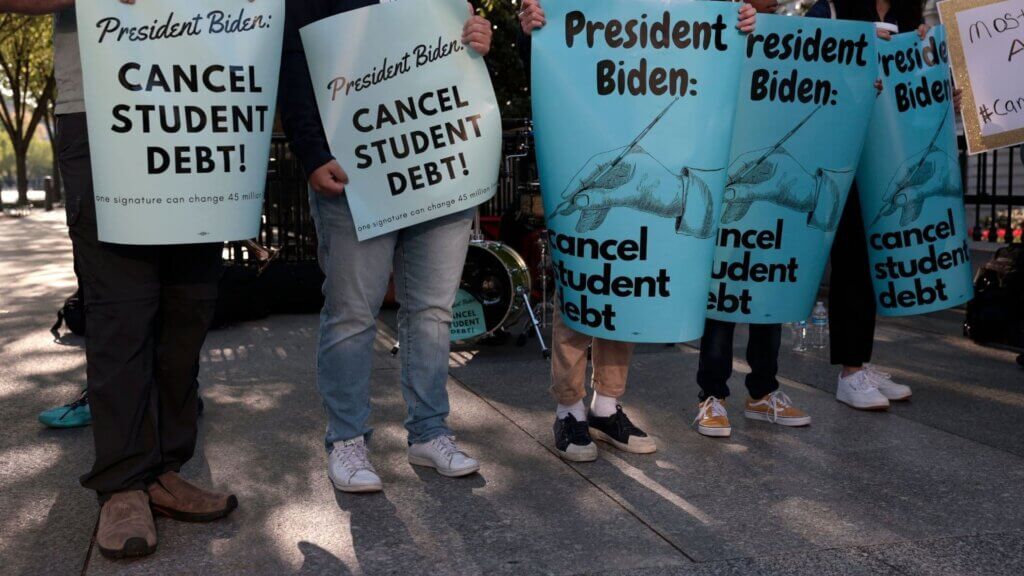
Due to the financial crisis, many Americans find themselves deep in credit card debt. Job losses and business closures have forced many families to rely on credit cards to pay their bills. Inflation and higher prices have also outpaced wage increases, making it harder for many people to meet their basic needs. A credit card debt relief program is a way to help people reduce their outstanding credit balances. It could be by negotiating with creditors to pay less than they owe or through debt consolidation. Other options include a debt forbearance program or a balance transfer credit card.
The most common method of debt relief is through a debt management plan (DMP). This involves taking out a loan to combine all your credit cards into a single loan, which typically has a lower interest rate and simplifies monthly payments. It also may come with fees, so it’s important to understand all the terms and conditions before signing up.
Other methods of debt relief include credit counseling and debt settlement. Credit counseling programs usually involve a certified counselor who can help you set a budget and learn money management skills. Debt settlement companies can negotiate with your creditors on your behalf and may be able to negotiate a debt settlement deal that pays off your credit card debt for a lower amount than you currently owe.

Is There a Forgiveness Program for Credit Cards?
Credit card debt relief programs can be helpful if you’re struggling to pay your bills. However, you should be wary of credit card debt relief companies that charge high fees or recommend stopping payments, which could result in late fees, interest charges, and a negative impact on your credit rating.
One option for credit card debt relief is to consolidate your debt. This can help you save money on interest and make a single monthly payment instead of several small ones. Another option is to find a debt management program that works with your creditors to help you resolve your debts.
If you are in serious financial hardship, you may be able to negotiate with your creditors to forgive some of your credit card debt. Debt forgiveness is rare, but it can be a good option for people who are ineligible for bankruptcy and cannot afford to continue paying their current balances. Other credit card debt relief options include a personal loan or a balance transfer credit card with a 0% APR. You can also file for bankruptcy, which will discharge some or all of your debt but can have serious consequences for your credit score and finances.